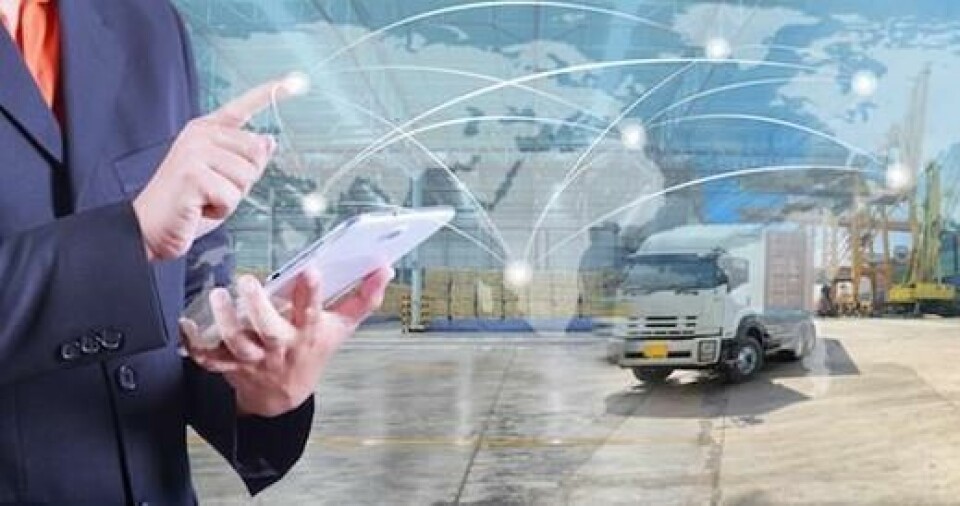Digital tools promise a more resilient supply chain post-Covid
If Covid has taught the automotive sector anything it is about the importance of resilience in the supply chain. The investment needed to ensure that however, comes at a time of economic uncertainty when the industry as a whole is looking for cost reduction.

Gaining greater, end-to-end visibility of supply, is one of the main ways a company can become more resilient and there are already an array of digital tools available to achieve this. Sigfox’s IoT tracking system for containers and packaging was one good example of that, explained at this week’s Automotive Logistics and Supply Chain conference.
However, the automotive industry continues to suffer from blind spots in its view of the supply chain and information on the supply chain is still fragmented. Carmakers frankly admit they don’t have visibility of component supply beyond the tier one or tier two level. What they did admit at this week’s conference was that digitalisation was the answer to that lack of visibility.
Amlan Bose, COO and senior vice-president at Smart Links Technology (and former head of Ford’s regional supply chain and logistics) said it took the coronavirus crisis to reveal to Ford that it did not have proper end-to-end visibility. Covid also accelerated the critical need for digitalisation, according to Bose.
“We have been producing cars for the last 100 years so thought we knew how to run supply chain and logistics, but we were wrong,” said Bose. “The term end-to-end is frequently used by us but we realised that we don’t know what we don’t know.”
Bose said that most carmakers, including Ford, had a complete lack of visibility from tier one through to tier X and when the coronavirus pandemic hit it was a major obstacle in reacting with contingency.
However, lessons have been and are being learned, and they need to be factored into company IT systems.
“For us resilience is how to build a digitised knowhow for today,” said Bose. “The moment I have digitised knowhow then I know what I know, but I also know what I don’t know. From there you can start taking action.”
Michel Morvan, co-founder and executive chairman at simulation software vendor Cosmo Tech, called that ‘how-to optimisation’. He agreed with Bose that the only way to address resilience and robustness was through increased visibility. That visibility can be gained by historical data but also by simulating possible future supply chain scenarios and accounting for the cascading complexity of the supply chain.
“All the great tools that have been developed by AI that learn from past data are very useful, the problem is it cannot be the only approach to resiliency,” said Morvan.
He explained that Cosmo Tech’s simulation-based digital twin software was informed by expertise from different parts of the supply chain
“We have the ability to run tens of thousands of scenarios for testing to see what may happen and we can put random events in to see if we are at risk of doing one thing or another,” continued Morvan. “Our approach is to make a digital twin of the supply chain.”
DP World has also invested heavily in digitalisation technology over the last two years in an effort to gain greater visibility. Wim Blomme, head of automotive solutions and supply chain at the global ports and terminal operator, said that disruptive events such as the coronavirus pandemic and the economic crisis revealed just how fragmented the data circulating in the supply chain was.
Previously DP World could only see what arrived in and departed from its ports and when it did so. However, there was no visibility on first and last mile legs, or on the ocean part of the journey. Now it has a logistics platform that captures data from the terminal operation system and integrates information from the ocean forwarders, land operations, including transport, whether DP World or third party, and warehouse operators. That provides transparency for DP World’s customers and providing them with contingency scenarios.
“We connect all the data in one platform, from terminal operating systems, warehouse management systems, transport management systems, and to a certain extent also the data of customers who are transparent,” Blomme explained. “This offers an end-to-end visibility in the supply chain which will enable automotive manufacturers, but also other industries we are serving, to quickly adapt their supply chains.”
It is clear that the coronavirus disruption has revealed the vulnerable points in the automotive supply chain but it has also advanced the use of digital tools as a solution to the problems caused.
“The technology and information are here,” said Morvan. “We are implementing solutions on a big scale and the result is fantastic. These changes are being accepted because they have to be.”
All that is needed to fulfil the potential of the technology already out there is a greater cooperation within individual organisational divisions and across the sector as a whole.
Videos from Automotive Logistics and Supply Chain Live can be viewed here.





